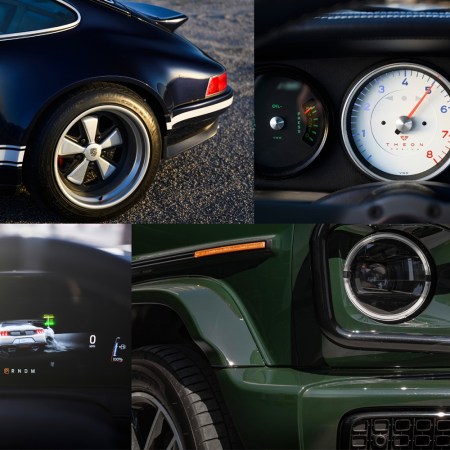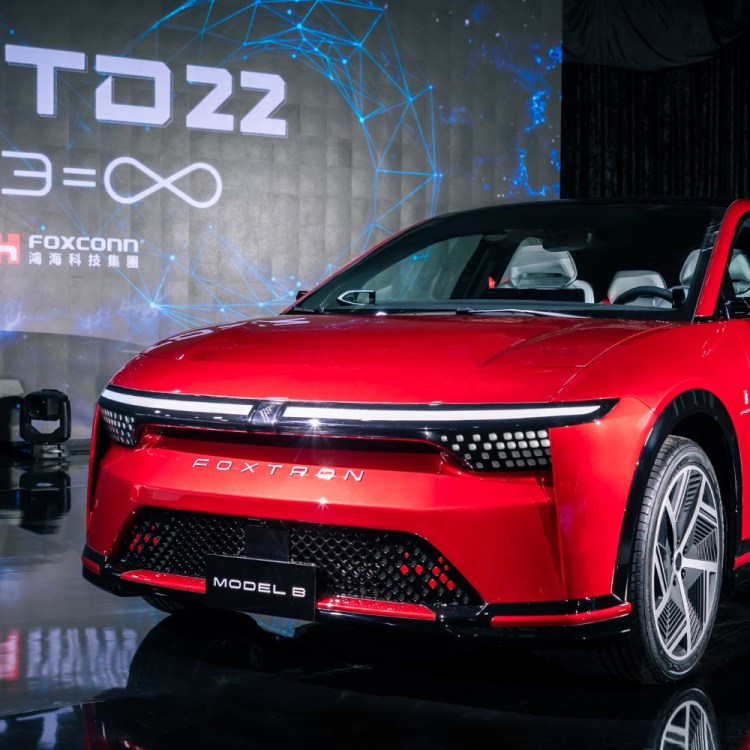Rumors of the manual transmission’s death have been greatly exaggerated. Although articles proclaiming the imminent extinction of shift-it-yourself gearboxes have flooded the internet over the past few years, what remains unsaid is that transmission choice, like so many other aspects of the automotive industry, is largely a function of market. Simply because American buyers have largely turned their backs on the clutch pedal doesn’t mean that the same is true around the world.
From a technical perspective, it’s understandable that in terms of pure numbers, automatics can now shift faster than traditional manuals, and with the right programming some boxes are now even better at reducing emissions and fuel consumption than even the most experienced human drivers. That being said, there are issues beyond quickness and cleanliness that will conspire to keep clutch pedals installed in some classes of vehicle for the foreseeable future.
Which will be the last cars and trucks to offer a manual transmission option? And where on Earth will you be able to find them? Details below, fellow gearshift enthusiasts.
Macro vs. Micro
As seen under a microscope, the prospects for manuals in America look grim. Numbers published by Green Car Reports earlier this year found that only 1.1 percent of new car sales were so equipped, a drop from 2 percent in 2018.
Zoom out to a global view, however, and the picture changes dramatically. Automatics are still the most popular option, but manuals command a substantial 37.7 percent share when adding countries outside of the United States into the mix. In the world’s largest automotive market — China — the split is roughly 50/50 between automatic and manual, while as recently as 2018, countries like the UK boasted 60 percent of new car sales offering a clutch pedal.
No One Drives the Same
These differences in take rate can be explained by several fundamental market differences.
In the United States, manual transmissions have been most strongly associated with two very specific classes of vehicle: sports cars and entry-level economy models. The former has never been a substantial source of volume for any automaker anywhere, and with the recent focus on 0-to-60 bragging rights, the technical side of the sports and exotic segment has refocused almost exclusively on both dual-clutch and traditional torque-converter automatic designs.
Base-model econo-boxes, meanwhile, have undergone a revolution of their own over the course of the past decade, as brands have come to realize that value-focused buyers still want access to advanced safety equipment and other high-tech features. Many of these require the installation of an automatic so that adaptive cruise control and automatic braking can be properly deployed. The end result has been the banishment of manual transmissions to the stripper side of the lot, where sales have also traditionally been slow.
In Europe, it’s a quite a different story. Automatics were much slower to colonize the ranks of everyday commuter vehicles because of the fuel efficiency benefits that could be squeezed out by a skilled driver with a stick. In a region where fuel prices can easily double or triple those of the United States, every little bit helps. Diesel’s popularity on the continent has also been a major contributor to manual take rates, for similar reasons.
What’s more, automobiles as a whole are much more expensive overseas than they are in America, whether it’s due to import tariffs or local taxation for efficiency and emissions reasons. Adding the cost of an automatic gearbox on top of that rendered the feature unappealing for generations of drivers.
This has also been a driving factor in China, where owning a car is a massive status symbol. A less expensive vehicle is appealing to buyers who desperately want to park a car in their driveway at a price point they can afford, with little attention paid to who, or what, is shifting gears.

Trucks, Not Apathy, Killed the Manual In America
There’s one more nail in the coffin that’s seldom mentioned when the lack of manual transmissions is lamented. The single largest selling category of vehicles in the United States — light trucks — moved 12.2 million units in 2019, which represents just over 71 percent of vehicle sales.
Of these, not a single full-size pickup (by far the most popular truck type on the market) is available with a manual, and only a handful of sport-utility vehicles (three Jeep models, one Subaru, one Hyundai, and one Mini) offer this type of transmission. Both Nissan and Toyota sell a single model of mid-size pickup that can be had with a manual gearbox.
Outside of America, light trucks and their ilk are far less popular — and when they are available, they almost always include a manual option.
A Slower Decline
None of the above is static, and while Europe might not be currently facing down the same single-digit manual gearbox market penetration seen in the United States, the overall number of automatics sold across the ocean is rising steadily as car companies continue to streamline production and globalize platforms.
With computer-controlled, continuously-variable transmissions rivaling manuals in terms of fuel-sipping and engineering costs sloping downwards at a steady rate, the practical reasons for manual ownership are becoming less apparent. Consider, too, the stringent regulations beginning to ban diesel engines from Europe’s major cities, and another manual stronghold is slowly beginning to crumble.
China is also on its way to normalizing its market tastes with those of the United States. Although sedans are still popular there, sport-utilities have begun to inexorably colonize the mainland’s streets, bringing with them their lack of third-pedal packages and further adding to the automatic side of the transmission ledger.
It seems clear that the expiration date for manuals is still far off in the future — perhaps a decade or so away from disappearing entirely from the automotive menu. It won’t be flashy sports cars that carry the banner proudly into the sunset, but rather the more practical and significantly less exciting basic transportation for both people and goods. Demographics would seem to show that the small commercial vans and equally diminutive hatchbacks are likely to hold on to their clutches far longer than anything likely to stir the heart of enthusiasts, and that they’ll mostly be doing it over there, not here.
This article appeared in an InsideHook newsletter. Sign up for free to get more on travel, wellness, style, drinking, and culture.






















